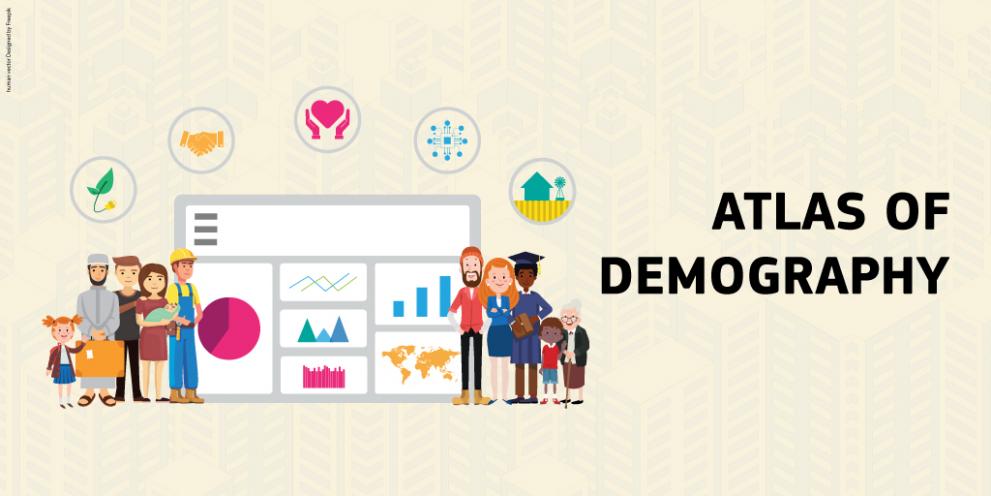
The Commission has launched an EU 'Atlas of Demography' – an interactive online tool to visualise, monitor and anticipate demographic change in the European Union, which was developed by the Commission’s Joint Research Centre (JRC).
The atlas provides quick and easy access to a comprehensive body of demographic data and knowledge, collected at EU, national, regional and local level.
It contains official statistics and projections from Eurostat, new data at high spatial resolution, produced by the JRC, as well as thematic stories, which link demographic trends to specific policy areas.
The atlas will help improve the understanding of demographic change and anticipate demographic dynamics.
It is a 'living' tool, that can be adapted and expanded to the needs of different policies, and can support policy-making that promotes social cohesion and brings benefits for all EU citizens.
By better understanding demography in the EU, the Commission can improve its policies.
Vice-President for Democracy and Demography, Dubravka Šuica, said: “The Atlas of Demography will improve our understanding of how demographic change is occurring. This innovative tool will help us ensure that EU policies are more closely matched to the needs of our citizens to ensure that nobody feels left behind. This Atlas will support all our initiatives with timely, robust and comparable demographic data.”
Commissioner for Innovation, Research, Culture, Education and Youth, Mariya Gabriel, said: “The Atlas of Demography is an excellent tool. A great example of use of high-quality data. I can imagine many applications including in our classrooms for our young people to learn more about their region, about Europe and be part of its construction.”
The 'Atlas of Demography' is publicly available and can support activities for a variety of policy areas, including health, employment, education, access to services, as well as territorial and cohesion policies.
Background
Demographic change is one of the main processes shaping the future of Europe. Europe’s population is getting older and the working-age population is shrinking.
Youth mobility, largely driven by work and study opportunities, represents both opportunities and challenges for European cities and rural areas.
A recent report by the JRC shows that between 2015 and 2019, 22.9 million young Europeans became part of the working-age population, while during the same period, 26.6 million workers reached retirement age: this indicates a possible gap of around 3.8 million workers.
While policy actions can only partially affect demographic trends, they can help ensure that the demographic changes do not have negative repercussions on the economy, productivity, social cohesion or democratic life.
In June 2020, the Commission kick-started its work in this area with the Report on the Impact of Demographic Change.
The Atlas of Demography presented today supports these efforts by equipping the Commission with objective evidence, feeding into three major political initiatives: the Green Paper on Ageing, the Long-Term Vision for Rural Areas and the EU Strategy on the Rights of the Child.
Future releases of the tool will integrate information on demographic determinants such as fertility, mortality and net migration and latest Eurostat projections beyond the EU, with the aim to provide a global coverage in 2022.
Share your views and ideas on demography in the EU through the Conference on the Future of Europe.
For More Information
Impact of demographic change in Europe
Knowledge Centre on Migration and Demography
June 2020 Commission report on the Impact of Demographic Change
Related Content
Impact of demographic change in Europe
Knowledge Centre on Migration and Demography
June 2020 Commission report on the Impact of Demographic Change
Details
- Publication date
- 29 April 2021
